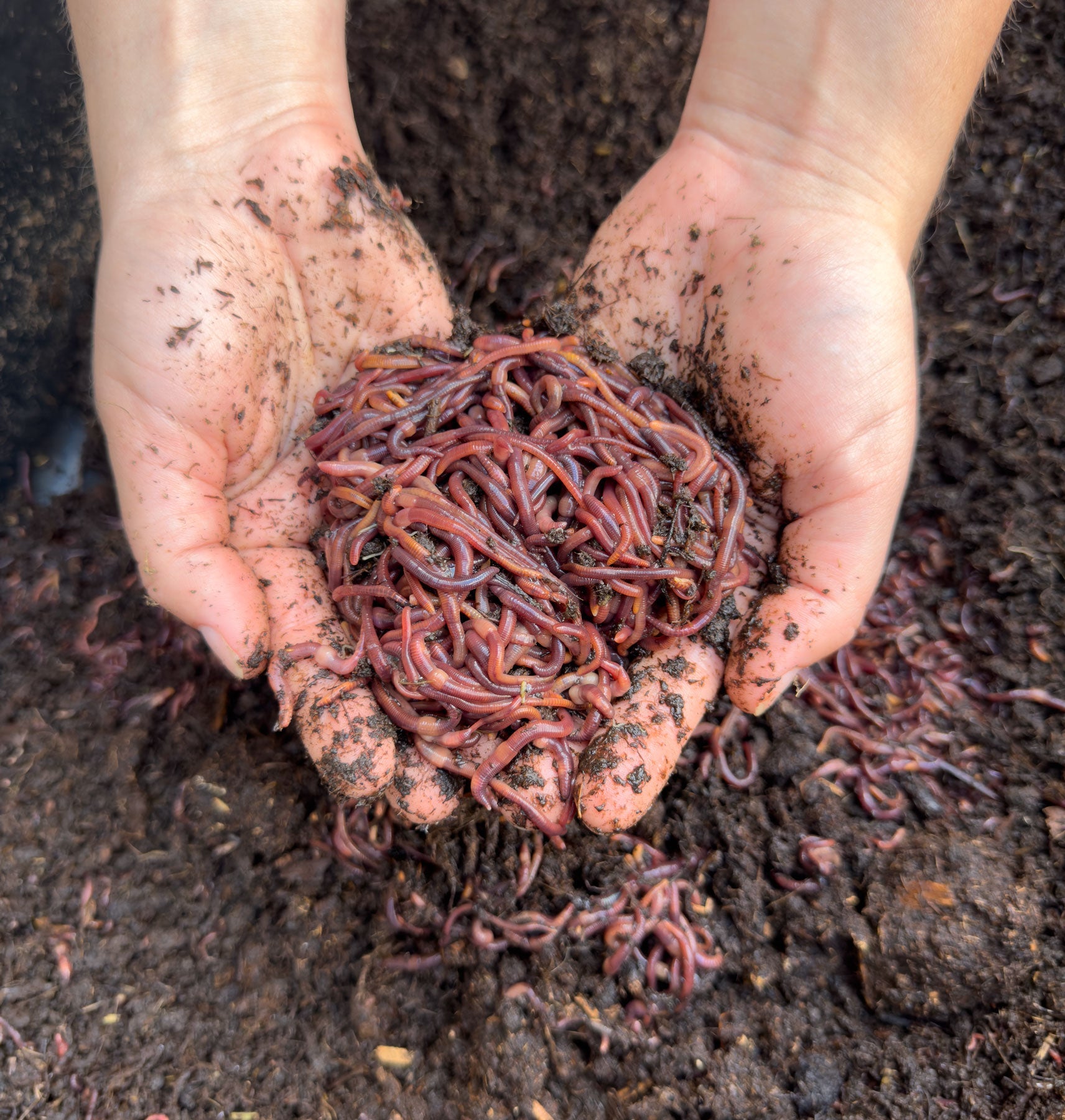Enhance Your Lawn’s Health and Beauty with Red Wiggler Express Lawn Care Solutions
Enhance Your Lawn’s Health and Beauty with Red Wiggler Express Lawn Care Solutions
Blog Article
Just How Red Wigglers Can Transform Your Composting Experience
The combination of red wigglers right into composting practices uses a transformative strategy to squander administration and dirt enrichment. These microorganisms not only accelerate the disintegration procedure but likewise create nutrient-dense vermicompost that boosts soil health and wellness and fertility. Their versatility to numerous environments makes them a suitable choice for both newbie and seasoned composters alike. Understanding the particular demands and benefits connected with preserving a prospering worm populace is vital for optimizing their possibility. What approaches can one use to make certain an effective vermicomposting experience?
Benefits of Red Wigglers
Red wigglers, medically referred to as Eisenia fetida, are a keystone of efficient composting systems because of their amazing ability to decompose natural issue effectively. These worms master changing kitchen area scraps, lawn waste, and other natural materials into nutrient-rich garden compost, frequently referred to as worm spreadings. Lake Hickory Bait. This procedure not only lowers garbage dump waste but also adds to sustainable horticulture methods
One of the key benefits of red wigglers is their high reproduction price, enabling them to populate a composting setting promptly. This fast reproduction improves decomposition prices, resulting in faster garden compost production. In addition, red wigglers flourish in a varied variety of problems, making them adaptable to numerous composting configurations.

Establishing Your Worm Container
(Hickory NC Worms For Sale)To produce a reliable worm bin for composting, cautious focus must be provided to its layout and environment. An optimal worm container should be built of products that are sturdy yet allow for needed air movement, such as plastic or timber. The size of the bin can vary, however a quantity of approximately 1 square foot per pound of worms is a great beginning factor.
Ensure that the bin has drain openings to protect against water buildup, which can lead to anaerobic conditions damaging to the worms. In addition, including air flow openings will assist preserve appropriate moisture levels and oxygen flow.
Next, it is necessary to give bedding for the worms, which can include shredded newspaper, cardboard, or coconut coir. This bedding not only offers a habitat for the worms but also aids in moisture retention.
Position the worm container in an area that preserves a temperature range of 55-77 ° F(13-25 ° C) to optimize worm activity. Avoid putting the container in straight sunlight or extreme temperatures. By following these guidelines, you can develop a helpful setting for red wigglers, boosting the effectiveness of your composting process.
What to Feed Your Worms

(Red Wiggler Express)Red wigglers specifically appreciate soft, damp foods like watermelon rinds, cucumber peels, and banana peels. However, it is critical to avoid feeding them citrus fruits, onions, and garlic, as these can be detrimental to their health. Additionally, prepared foods, dairy items, and meat must be strictly stayed clear of, as they can result in smells and draw in pests.
Offering a constant feeding timetable will assist maintain your worm populace thriving while enhancing the total efficiency of your composting efforts. By comprehending what to feed your worms, you lay the foundation for an effective and lasting composting experience.
Maintaining a Healthy Habitat
Producing a prospering composting setting for red wigglers calls for attention to their habitat, as it directly influences their health and efficiency. The suitable environment needs to keep a well balanced dampness degree, typically between 60-70%. Excessive moisture can result in anaerobic conditions, while insufficient moisture may dehydrate the worms.

The bedding product in the compost need to be varied and shredded, incorporating products like cardboard, newspaper, and coconut coir. This not just supplies a comfortable setting however also works as a food source. Lake Hickory Bait. Consistently inspecting for odors or signs of parasites can assist identify prospective problems prior to they intensify
Last but not least, preserving a balanced pH degree, preferably between 6 and 7, makes certain a favorable environment for red wigglers, promoting their capacity to process natural matter successfully. By addressing these aspects, you can create a sustainable and effective composting community.
Harvesting and Making Use Of Compost
Gathering garden compost from a worm bin is a gratifying process that changes natural waste into nutrient-rich material for yards and plants. As soon as the composting cycle is complete, commonly after 8-12 weeks, it's time to collect the vermicompost. The initial step involves separating the red wigglers from the ended up compost. This can be done using techniques such as the "light" approach, where worms are attracted to light and can be scooped away from the top layers, or by relocating the garden compost away of the bin and adding fresh bed linen to the various other side, urging the worms to migrate.
As soon as the worms are gotten rid of, the continuing to be garden compost can be sifted to eliminate any larger particles or undecomposed material. The end product should have a dark, crumbly texture and an enjoyable earthy smell, indicating that it is ready for use. This abundant garden compost can be used straight to garden beds, mixed into potting dirt, or made use of as a leading the original source clothing for potted plants. By integrating vermicompost into your gardening practices, you not just boost dirt fertility however also promote healthy and balanced plant development and sustainable gardening methods.
Conclusion
Incorporating red wigglers right into composting techniques substantially boosts the decay procedure and contributes to the production of nutrient-rich vermicompost. The resulting worm spreadings improve soil framework, fertility, and microbial activity, eventually advertising healthier plant growth.
Report this page